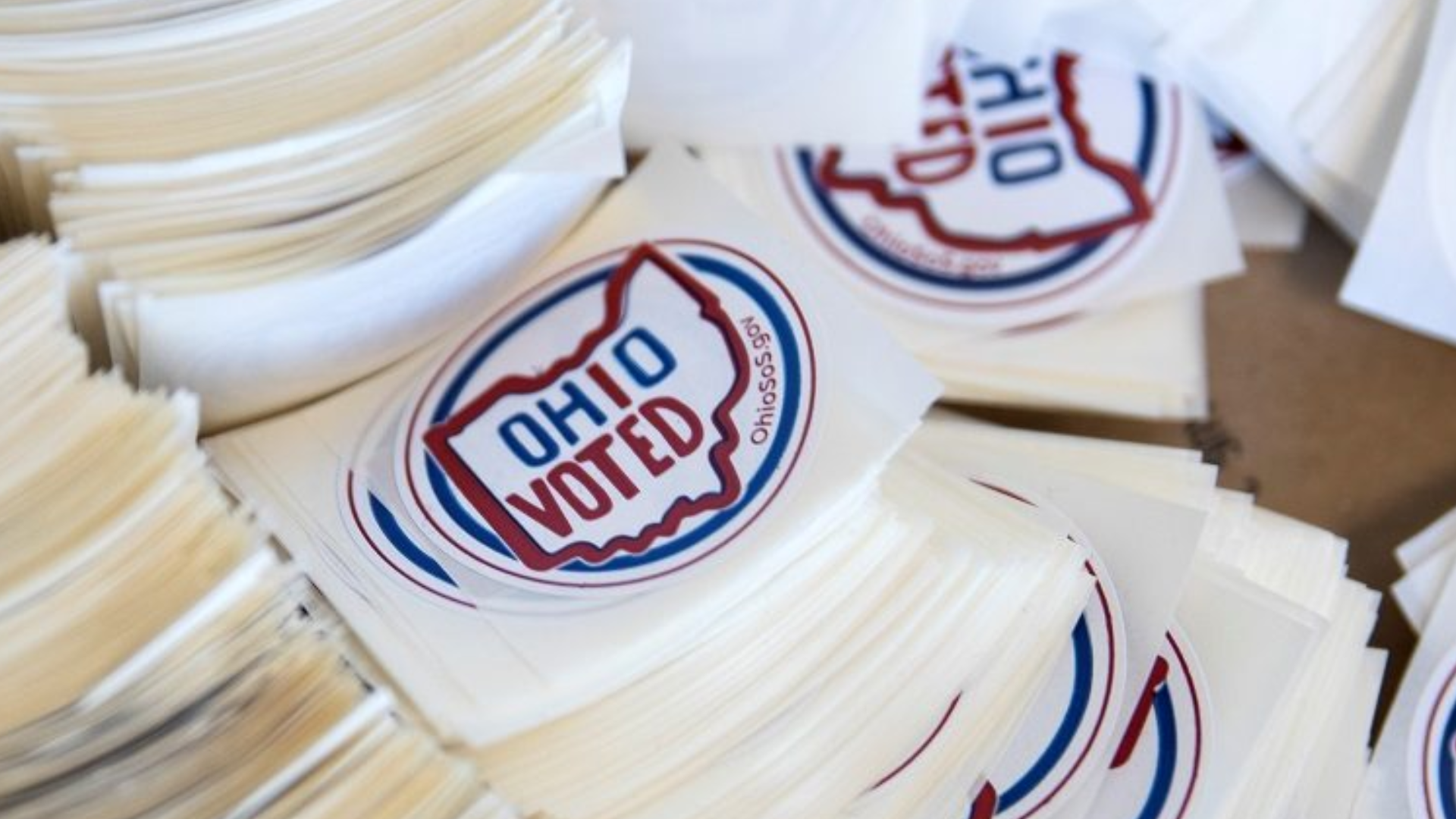The Supreme Court has ruled against the Biden Administration’s student loan forgiveness plan. In a 6-3 decision on June 30th, the Supreme Court effectively ended any opportunity for debt relief that students could obtain through the intended loan forgiveness plan. For many borrowers, this news signifies the end of a once-promising opportunity for debt relief and loan forgiveness. Let's look at how the Court reached its decision.
How was the decision made to strike down Student Loan Forgiveness?
The argument by the Biden Administration for the debt relief plan was that it was in line with policy language of the HEROES Act of 2003, which provides authority to relieve hardship that federal student loan recipients could experience in a state of national emergency. In this case, COVID-19 would have been the basis for enacting relief due to the national emergency and financial harm subsequently caused by the shutdown. However, the slip opinion language from the High Court, states that “The HEROES Act allows the secretary to ‘waive or modify’ existing statutory or regulatory provisions…not to rewrite that statute from the ground up."
Based on this language, the HEROES Act allowed for the Secretary of Education to make minor changes to statutory or regulatory provisions, but not (as the Court suggests) rewrite or completely alter the initial language of the Act. An example of past invocations of the HEROES Act would be extending time periods for borrowers to act, or expanding forbearance relief for borrowers in disaster areas. These instances are policies that fall in line with minor adjustments to loan forgiveness. In other instances, the Secretary modified two statutory sections and three regulations regarding student loans. The provisions under these invocations allowed the Secretary to discharge a borrower’s loan based on narrowly prescribed circumstances, such as death, disability, bankruptcy, false school certification, or borrower inability to complete education due to a school closure. Despite these minor changes, the High Court felt that the initiative behind Biden’s loan forgiveness plan fell outside of these specific circumstances of action.
The Court specifies that the Secretary of Education has not waived or modified any provisions in the Education Act that allows for forgiveness of loans.
The Supreme Court ruled that Biden’s forgiveness plan did not fall into any of these minor modifications because his plan gave credence to the Department of Education to allocate $10,000 for every borrower with income below $125,000 and up to $20,000 for Pell Grant Recipients. The Department of Education estimated that the program would cover a very large majority of borrowers, with 98.5% of individuals qualifying for relief. The Court specifies that the Secretary of Education has not waived or modified any provisions in the Education Act that allows for forgiveness of loans.
The Secretary actually “drafted a new section of the Education Act from scratch by ‘waiving’ provisions root and branch and then filling the empty space with radically new text.” Past invocations of debt forgiveness were only done in critical circumstances, not in an instance where the Secretary could create a new program affecting 43 million Americans and $430 billion in federal debt. The Secretary’s plan did not create simple “modification;” it was an overreaching action to cancel student loans.
The most important thing a person should be aware of is managing their finances to begin loan repayments when the freeze ends in September.
What now?
Community Solutions will continue to provide updates on the student loan landscape, as well as how individuals can remain on track to follow their loans. For now, the most important thing a person should be aware of is managing their finances to begin loan repayments when the freeze ends in September. While this news is unfortunate, there are other paths to debt relief that are possible between employers and pre-established repayment plans.
On July 14, surprising news came out that will erase the loans of over 800,000 borrowers. Read more at NPR.org.
View the original forgiveness proposal, September 2022: LSB10818 (congress.gov)








